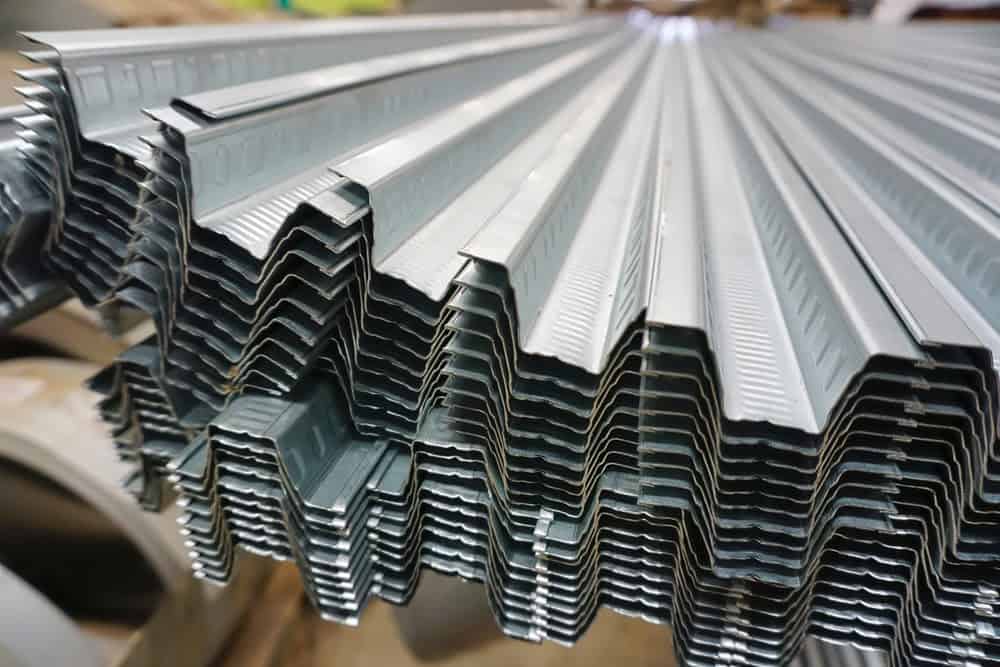In our industry, we tend to use many terms that can be confusing to those who are unaware of what we do. When we meet with a new customer, we make sure to break down the process and explain it as simply as possible.
Here are some terms that we use almost every single day on the job!
- Air Lock: An area where air is trapped in a section of an article and prevents the molten zinc from contacting the steel’s surface, causing an uncoated area on the work.
- Ash: Zinc oxidation products formed on the surface of the galvanizing bath as the molten zinc reacts with oxygen in the air. This ash is skimmed off the surface and recycled.
- Coating Thickness: The combined thickness of zinc and/or zinc alloys formed after galvanizing on the surface of the steel, typically derived from an average of thickness measurements.
- Corrosion Rate: The amount of corrosion that occurs in a given time.
- Degreasing: The first stage in the pre-treatment of the hot dip galvanizing process which aims to remove organic contaminants e.g. oils and paints, from the steel surface.
- Fettling: Smoothing, cleaning or conditioning of the hot dip galvanized coating after dipping to ensure function and appearance requirements are met which may include removal of sharp edges, lumps and repair.
- Galvanizing: The process of dipping a prepared article into molten zinc, resulting in the production of a hot dip galvanized coating on a steel article.
- Quenching: Cooling of the article after withdrawal from the molten zinc by immersion in water and/or a low concentration sodium dichromate solution.
- Spin Galvanizing: Spin galvanizing is used for small parts such as nuts, bolts, washers, hinges, and brackets. This process involves taking these parts, immersing them into molten zinc, then spinning off the excess.
- Dross: Dross is made up of loose particles of steel/iron that react with the molten zinc.
- Skims: Skims are the zinc rich oxidation layer that is formed on the top of the kettle after hot-dip galvanization.
- Crystals: Zinc sulfate and iron sulfate crystals are dissolved solids extracted from our cleaning tanks which can be used to produce fertilizer.
- White Rust: Steel that is constantly in contact with water forms white rust.
- Masking: The technique of covering areas with a substance which will not allow the covered area to be galvanized.
- Distortion: Dimensional change, deformation, warping or buckling of articles.
Rest assured, we’ll never expect anyone outside of our world to learn or understand these terms on the fly. However, it’s a great way to learn what we are working with every day on the job!


